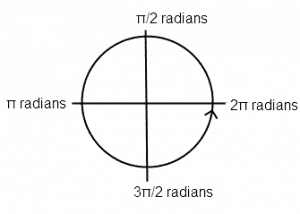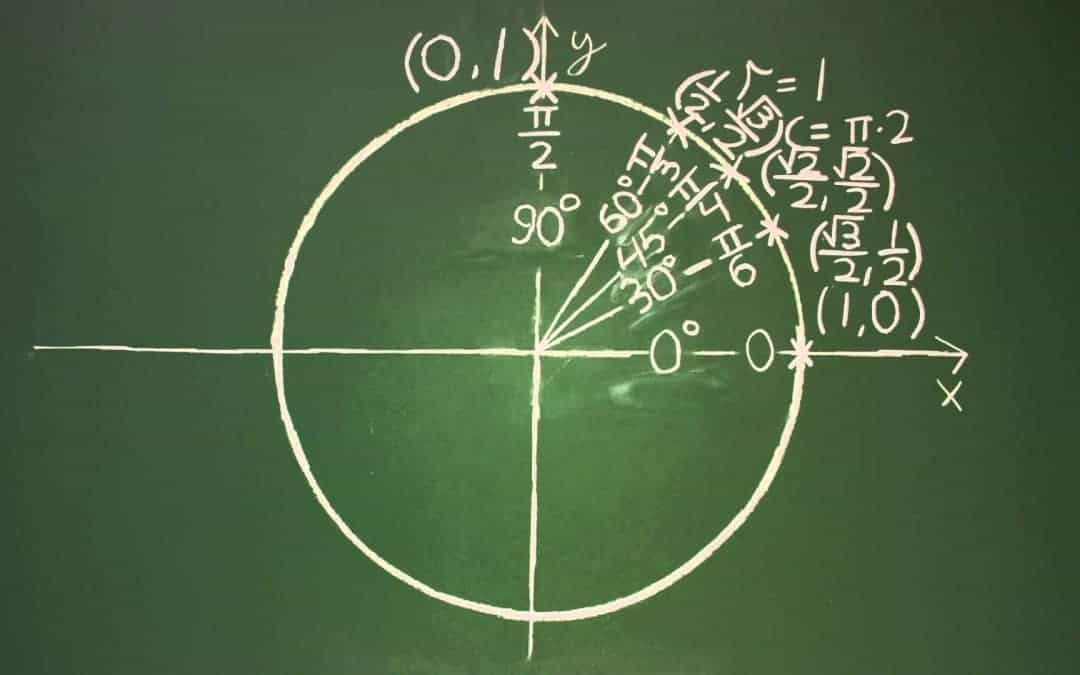Trigonometry intimidates many students on the ACT Math test, but it shouldn’t! There are only three or four trig questions out of 60 total questions on the ACT, and most of them are pretty basic. Here’s what you need to know to be prepared on test day. (Note: If you’re struggling with algebra or geometry, don’t even worry about the difficult trig questions—focus on the easy questions first.)
SOHCAHTOA
No, it’s not an Aztec god. It’s a must-know acronym that defines trigonometric identities.
Sin x = Opposite / Hypotenuse
Cos x = Adjacent / Hypotenuse
Tan x = Opposite / Adjacent
If you need to the find the sine of an angle, for example, divide the length of the opposite side by the length of the hypotenuse.
Reciprocal Trig Identities
From SOHCAHTOA we can determine reciprocal trig identities. Notice how they’re the reciprocals of sin, cos, and tan.
Cosecant x = Hypotenuse / Opposite
Secant x = Hypotenuse / Adjacent
Cotangent x = Adjacent / Opposite
Remember that Cosecant is the reciprocal of Sine and Secant and the reciprocal of Cosine!
Trigonometric Equations

These equations are important to remember!
The Law of Sines

This law can help you determine other information. The lowercase letters refer to side lengths and the uppercase letters refer to the angle measures opposite those sides.
The Unit Circle

This can be used to determine where an angle opens in the coordinate plane. (A radian is another way of measuring an angle, like a degree. There are a total of 2π radians in a circle.) If you’re told on the test that an angle is between π and 3π/2, for example, you know that the angle opens in the third quadrant.
Those are the principles you need to know! Master them, and you’ll be an ACT trigonometry expert in no time!
* * *
For more ACT tricks and tips, subscribe to our mailing list! Looking for ACT tutoring? Click here to check out your options!
